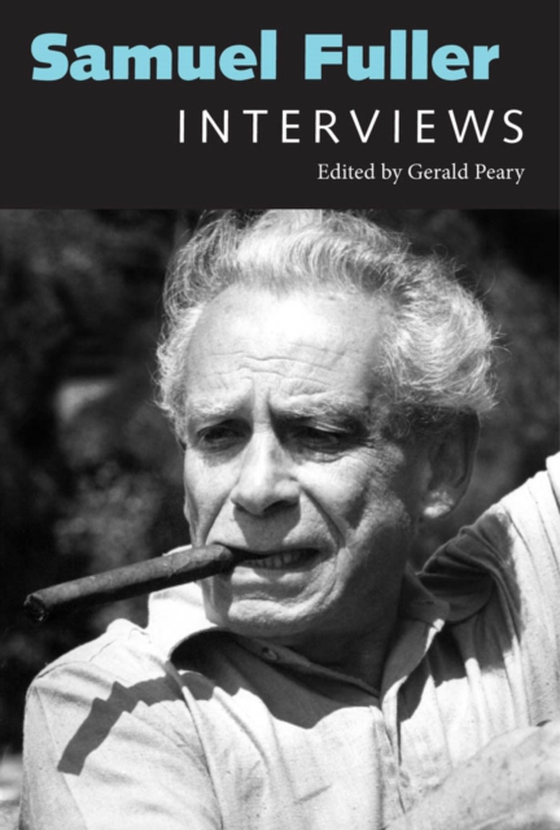
Samuel Fuller e-bog
185,56 DKK
(inkl. moms 231,95 DKK)
In the early twentieth century, the art world was captivated by the imaginative, totally original paintings of Henri Rousseau, who, seemingly without formal art training, produced works that astonished not only the public but great artists such as Pablo Picasso. Samuel Fuller (1912-1997) is known as the "e;Rousseau of the cinema,"e; a mostly "e;B"e; genre Hollywood moviemaker de...
E-bog
185,56 DKK
Udgivet
30 maj 2012
Genrer
APB
Sprog
English
Format
pdf
Beskyttelse
LCP
ISBN
9781617033070
In the early twentieth century, the art world was captivated by the imaginative, totally original paintings of Henri Rousseau, who, seemingly without formal art training, produced works that astonished not only the public but great artists such as Pablo Picasso. Samuel Fuller (1912-1997) is known as the "e;Rousseau of the cinema,"e; a mostly "e;B"e; genre Hollywood moviemaker deeply admired by "e;A"e; filmmakers as diverse as Jim Jarmusch, Martin Scorsese, Francois Truffaut, Jean-Luc Godard, and John Cassavetes, all of them dazzled by Fuller's wildly idiosyncratic primitivist style. A high-school dropout who became a New York City tabloid crime reporter in his teens, Fuller went to Hollywood and made movies post-World War II that were totally in line with his exploitative newspaper work: bold, blunt, pulpy, excitable. The images were as shocking, impolite, and in-your-face as a Weegee photograph of a gangster bleeding on a sidewalk. Fuller, who made twenty-three features between 1949 and 1989, is the very definition of a "e;cult"e; director, appreciated by those with a certain bent of subterranean taste, a penchant for what critic Manny Farber famously labeled as "e;termite art."e; Here are some of the crazy, lurid, comic-book titles of his movies: Shock Corridor, The Naked Kiss, Verboten!, Pickup on South Street. Fuller isn't for everybody. His fans have to appreciate low-budget genre films, including westerns and war movies, and make room for some hard-knuckle, ugly bursts of violence. They also have to make allowance for lots of broad, crass acting, and scripts (all Fuller-written) that can be stiff, sometimes campy, often laboriously didactic. Fuller is for those who love cinema--images that jump, shout, dance. As he put it in his famous cigar-chomping cameo, acting in Jean-Luc Godard's Pierrot le fou (1965): "e;Film is like a battleground . . . love, hate, violence, death. In a single word: emotion."e; After directing, Sam Fuller's greatest skill was conversation. He could talk, talk, talk, from his amazing experiences fighting in World War II to the time his brother-in-law dated Marilyn Monroe, and vivid stories about his moviemaking. Samuel Fuller: Interviews, edited by Gerald Peary, is not only informative about the filmmaker's career but sheer fun, following the wild, totally uninhibited stream of Fuller's chatter. He was an incredible storyteller, and, no matter the interview, he had stories galore for all sorts of readers, not just academics and film historians.
 Dansk
Dansk

